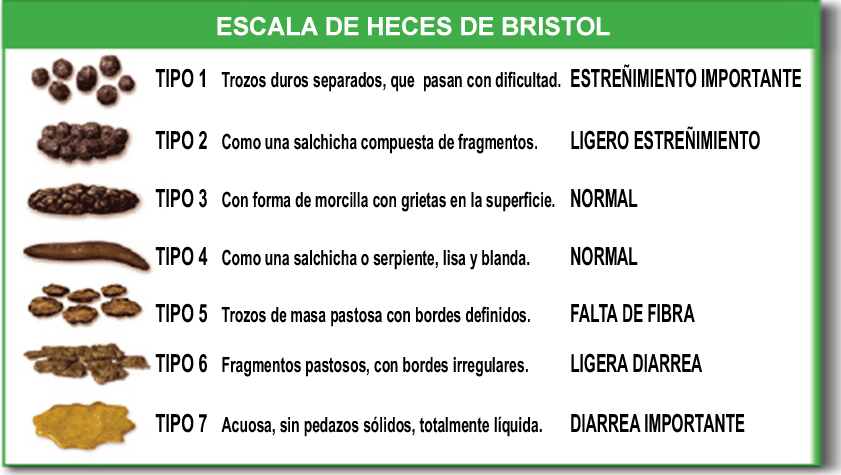Comprehensive Guide to Medicine for Softening Stool and Treating Constipation
What are the different types of medicines for softening stool and treating constipation? How do they work and what are the potential side effects? Get all the details in this comprehensive guide.
Exploring Over-the-Counter Treatments for Constipation
When it comes to managing constipation, there are a variety of over-the-counter (OTC) options available. These include:
Fiber Supplements
Fiber supplements like calcium polycarbophil (FiberCon), methylcellulose fiber (Citrucel), psyllium (Konsyl, Metamucil), and wheat dextrin (Benefiber) work by absorbing water to help form bulky stool and get your bowels moving. It’s important to drink lots of water with fiber supplements to prevent them from causing blockages. Some people may experience bloating and abdominal discomfort with fiber supplements.
Osmotic Laxatives
Osmotic laxatives like magnesium citrate, magnesium hydroxide (Milk of Magnesia), lactitol (Pizenzy), and polyethylene glycol (Miralax) help draw water into the large intestine, softening the stool. However, they can also cause cramping, diarrhea, and nausea, especially in older adults or those with heart or kidney problems. It’s best to check with your doctor before using these.
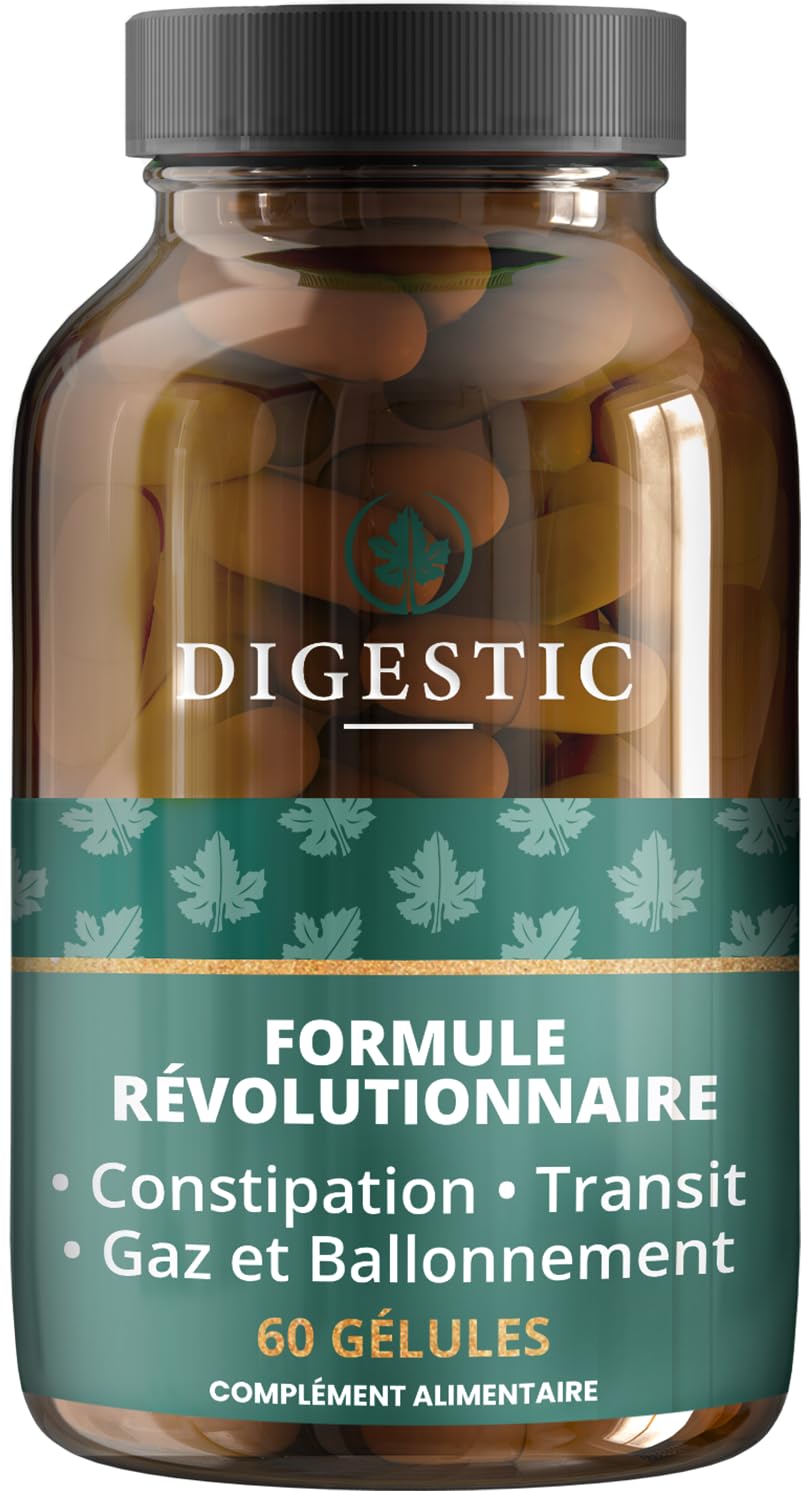
Stimulant Laxatives
Stimulant laxatives like bisacodyl (Correctol, Ducodyl, Dulcolax) and sennocides (Senexon, Senokot) work by causing the intestines to contract, helping to move things along. These are often recommended for severe constipation when other treatments haven’t worked, but they should be used with caution as they can be habit-forming.
Stool Softeners
Stool softeners like docusate sodium (Colace) work by pulling water into the intestines, softening the stool and making it easier to pass. These are often recommended for short-term use, such as after surgery, to avoid straining during bowel movements.
Prescription Medications for Constipation
If over-the-counter treatments don’t provide enough relief, there are several prescription medications that can be used to treat constipation:
Lactulose
Lactulose (Cephulac, Constulose, Duphalac, Enulose, Kristalose) is an osmotic laxative that draws water into the bowel to soften and loosen the stool. Potential side effects include gas, diarrhea, upset stomach, and abdominal cramps.
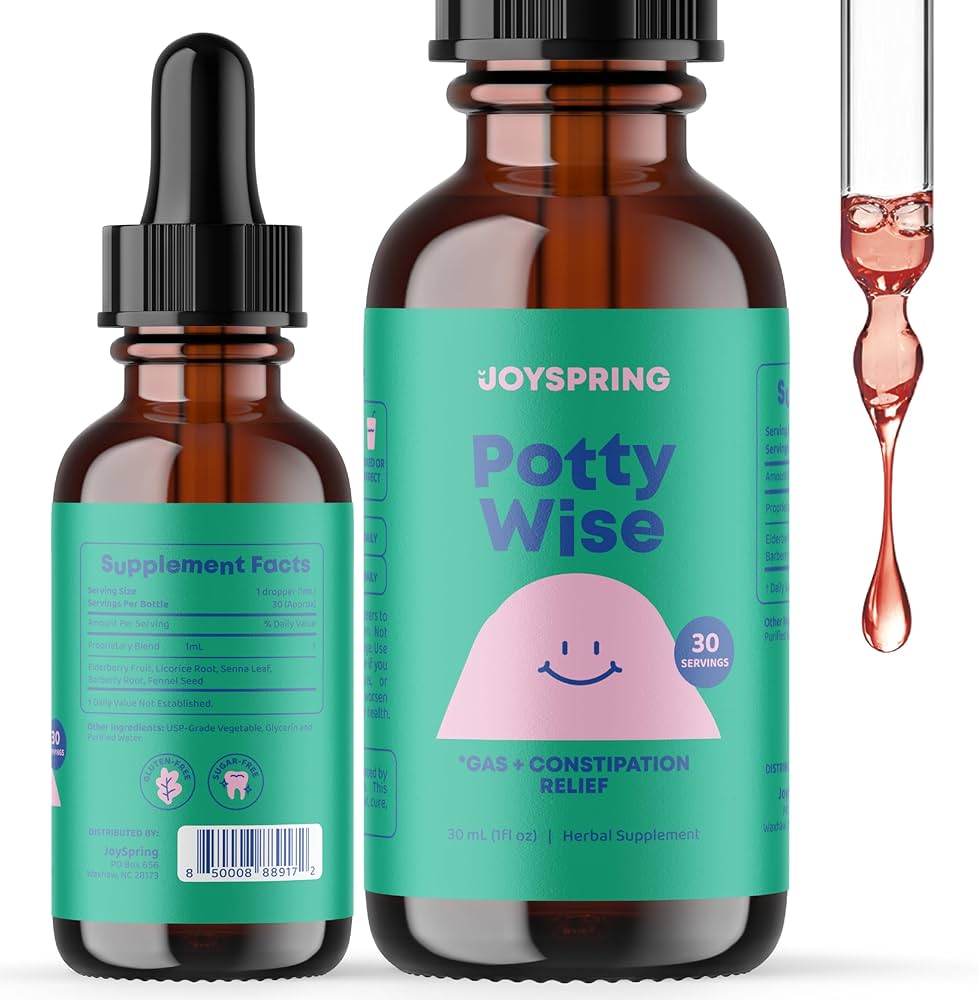
Linaclotide
Linaclotide (Linzess) is a capsule taken once daily to treat chronic idiopathic constipation (CIC) and irritable bowel syndrome with constipation (IBS-C). It works by drawing water into the intestines, which helps stool pass more easily and increases bowel movement frequency. Diarrhea is the most common side effect.
Lubiprostone
Lubiprostone (Amitiza) is used to treat chronic constipation or constipation caused by opioid medications, as well as IBS-C in women. It softens the stool by increasing fluid secretion in the intestines. Possible side effects include headache, nausea, diarrhea, abdominal pain, and vomiting.
Plecanatide
Plecanatide (Trulance) is a once-daily tablet that helps the body produce more fluid in the intestines, aiding in the passage of stool. It may be recommended if other treatments haven’t provided sufficient relief.
Other Treatment Options for Constipation
In addition to oral medications, there are a few other treatment options that may be used for constipation:
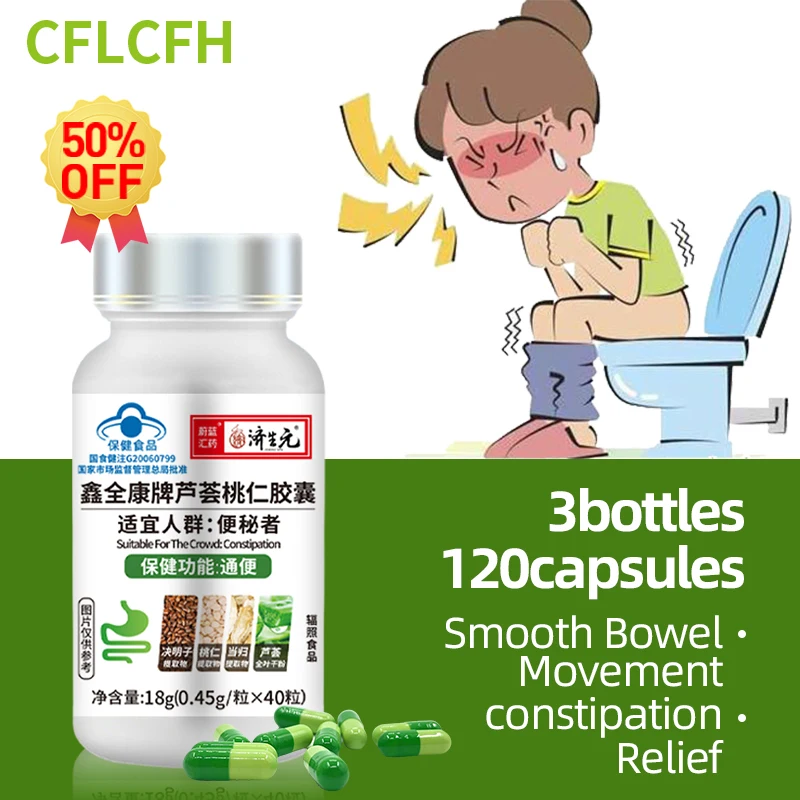
Suppositories
Suppositories, such as those containing glycerin or bisacodyl (Dulcolax), are inserted directly into the rectum. They work by stimulating the intestines to contract and pass stool.
Enemas
Enemas, which involve injecting fluid directly into the rectum, can also help soften and expel stool. These may contain plain tap water or substances like bisacodyl or mineral oil.
Lubricant Laxatives
Lubricant laxatives, such as mineral oil, work by making it easier for stool to pass through the colon.
Considerations and Precautions
It’s important to note that while laxatives can provide relief from constipation, they should not be used as a long-term solution. Overuse can lead to electrolyte imbalances and dependence. Always consult your doctor before starting any new constipation treatment, especially if you have underlying medical conditions or are taking other medications.
Conclusion
Constipation can be a frustrating and uncomfortable condition, but there are many over-the-counter and prescription medications available to help soften stool and improve bowel function. By understanding the different types of treatments and their potential side effects, you can work with your healthcare provider to find the best solution for your individual needs.
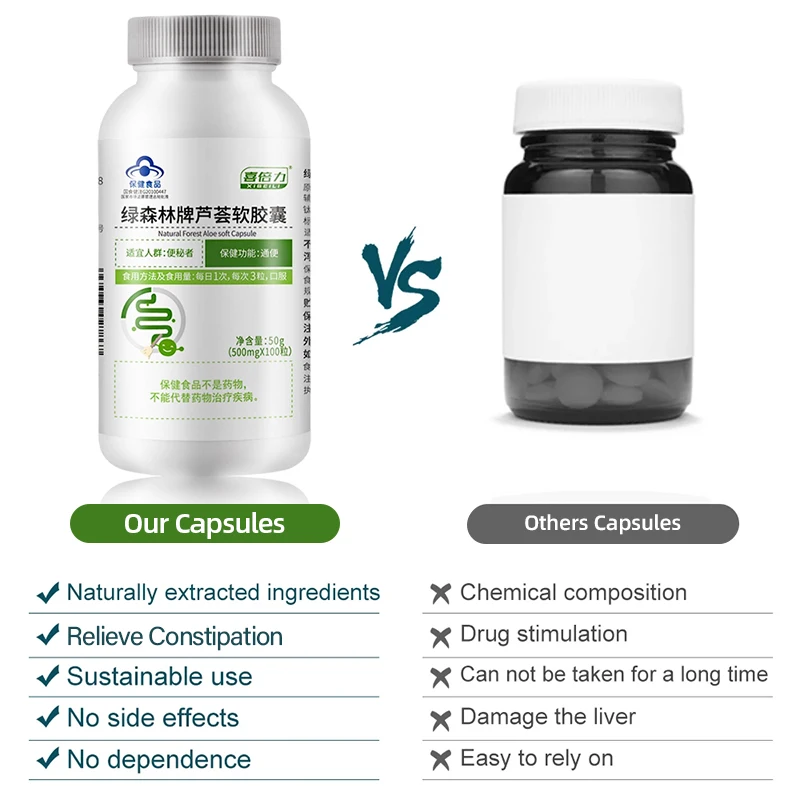
Medicine to Treat Constipation
Written by Debra Fulghum Bruce, PhD
- Over-the-Counter Treatments
- Prescription Drugs
- Other Treatment Types
There are a lot of medicines to choose from for relief from chronic constipation. Some are over-the-counter treatments, and others need a doctor’s prescription. You’ll want to know what types of medications are available and what other treatments there are if those don’t work.
Of course, lifestyle changes (like getting more fiber in your diet, drinking more water, and being physically active) are usually the first things to try. Your doctor can also check to see if any medicines you take to treat other conditions might be part of the problem.
Keep in mind that with any type of laxative, if you take them regularly or in large amounts, you can get side effects, including electrolyte imbalances. Electrolytes include calcium, chloride, potassium, magnesium, and sodium. Your body needs them to do a lot of things, so make sure you let your doctor know if you find you need to use these often.
Many people start with products they can buy without a prescription. Your doctor can help you choose the right product for you. One thing to keep in mind: Your insurance plan might cover some of these over-the-counter medicines. Check with your doctor and your health insurance company to see if you need a prescription to get the best deal.
Some types of OTC products that you can take are:
Fiber supplements. They absorb water to help form bulky stool to get your bowels going. Make sure to drink lots of water with fiber so it doesn’t block you up instead. For some people, it may cause bloating and pain in your belly. Common choices include:
- Calcium polycarbophil (FiberCon)
- Methylcellulose fiber (Citrucel)
- Psyllium (Konsyl, Metamucil)
- Wheat dextrin (Benefiber)
Osmotics. These help draw water into your large intestine, so your stool is softer. They can cause cramping diarrhea, and nausea. If you’re an older adult or have heart or kidney failure, check with your doctor first. At the drugstore, look for:
At the drugstore, look for:
- Magnesium citrate
- Magnesium hydroxide (Milk of Magnesia)
- Lactitol (Pizensy)
- Polyethylene glycol (Miralax)
Stimulants. It’s better to try these if your constipation is severe and other drugs haven’t worked. They cause your intestines to squeeze so things get moving. Two of the more common ones are bisacodyl (Correctol, Ducodyl, Dulcolax) and sennocides (Senexon, Senokot). Some people overuse stimulant laxatives.
Stool softeners. You might get these if you need to avoid straining when you have a movement, like after surgery. They’re best for short-term use. They work by pulling in water from your intestines to soften your stool. Docusate sodium (Colace) is one you can find easily.
Besides constipation treatments that come in pill form, your doctor may also suggest suppositories or enemas:
Suppositories. These go directly into your rectum. They typically work by making your intestines squeeze so you have a movement. Some also soften your stool. Glycerin and bisacodyl (Dulcolax) are typical choices.
Some also soften your stool. Glycerin and bisacodyl (Dulcolax) are typical choices.
Enemas. With these, you push fluid directly into your rectum. Sometimes you use plain tap water, but there are also bisacodyl enemas and mineral oil enemas. The fluid softens your stool and makes for an easier movement.
Lubricant laxatives. Slippery substances like mineral oil make it easier to move stool through your colon.
If OTC products don’t help enough, there are a variety of Rx medicines that work in different ways. Work with your doctor to figure out which type is the best one to try for your situation.
Lactulose (Cephulac,Constulose, Duphalac, Enulose, Kristalose). This drug is an osmotic that draws water into the bowel to soften and loosen the stool. Side effects include gas, diarrhea, upset stomach, and stomach cramps.
Linaclotide (Linzess). This is a capsule you take once a day. It’s used to treat chronic idiopathic constipation (CIC) and irritable bowel syndrome with constipation (IBS-C). Linaclotide may ease your constipation by drawing water into your intestines, so stools pass more easily, and helps bowel movements happen more often. The most common side effect is diarrhea. Doctors may suggest it if other treatments don’t work.
It’s used to treat chronic idiopathic constipation (CIC) and irritable bowel syndrome with constipation (IBS-C). Linaclotide may ease your constipation by drawing water into your intestines, so stools pass more easily, and helps bowel movements happen more often. The most common side effect is diarrhea. Doctors may suggest it if other treatments don’t work.
Lubiprostone (Amitiza). Your doctor may suggest this drug if you have chronic constipation or constipation brought on by opioids. It’s also used to treat IBS-C (which means that constipation is the main symptom) in women. The drug softens the stool by putting more water into it, so the stool can pass easily. You take this medicine twice a day with food. Some possible side effects are headache, nausea, diarrhea, abdominal pain, and vomiting.
Plecanatide (Trulance). It’s a tablet you take once a day. It helps your body make fluids in your intestines, which helps your stool move through the bowel. Your doctor may suggest it if your other treatments aren’t working. The drug is made specifically for people who have chronic idiopathic constipation (CIC) and IBS-C. Diarrhea is one of the possible side effects.
Your doctor may suggest it if your other treatments aren’t working. The drug is made specifically for people who have chronic idiopathic constipation (CIC) and IBS-C. Diarrhea is one of the possible side effects.
Polyethylene glycol (PEG) (Golytely, Nulytely): This powder gets mixed with water. When you drink it, it puts a lot of water into your colon to help you go. Common side effects can include nausea, bloating, cramping, and vomiting. Tell your doctor right away if your vomit is bloody or looks like coffee grounds, or if your heart starts beating fast, if you have shortness of breath, or if your stomach pains become severe.
Prucalopride (Motegrity): You take this tablet once a day. It helps your colon make movements to get your stool going through your bowel. This drug is also specifically for chronic idiopathic constipation (CIC), which means that it’s long-term constipation with no known cause. Common side effects are headache, belly pain, nausea, diarrhea, vomiting, dizziness, and fatigue. It could also change your mood or behavior, sometimes by a lot. If this happens, reach out to your doctor right away.
It could also change your mood or behavior, sometimes by a lot. If this happens, reach out to your doctor right away.
In addition to the OTC and prescription medicines (along with lifestyle changes), you may also want to know about these methods.
Biofeedback: This helps you train the muscles that control bowel movements. You work with a therapist, using a machine that teaches you how to relax your pelvic floor muscles to allow for a bowel movement.
Surgery: It’s rare for people to need this to treat constipation. Your doctor may consider whether surgery to remove part of the colon may be an option if you’ve tried other treatments and your chronic constipation is caused by a blockage, rectocele (in which part of the rectum wall bulges into the vagina), or an anal tear (fissure) or narrowing (stricture). Surgery to remove all of the colon is rarely needed.
Top Picks
Stool softeners Vs.
 laxatives: Treating constipation safely
laxatives: Treating constipation safely
Laxatives are products that help people empty their bowels, and there are many types. Stool softeners are laxatives that work by drawing water into the stool, making it softer and easier to pass. Stimulant laxatives stimulate the bowel muscles and help stool move faster.
All laxatives work in different ways, each with the intention of helping relieve constipation. Understanding the differences between laxatives and stool softeners may help a person decide which one to use.
Anyone dealing with regular constipation may also choose to make a few changes to their diet and lifestyle, which might help regulate their bowel movements.
The term “laxative” refers to a wide range of substances, including stool softeners. A laxative is any medicine or supplement that helps the body have a bowel movement.
Each laxative works differently, and a doctor may suggest them as a first-line treatment alongside dietary and lifestyle advice to help relieve constipation.
Stool softeners are a type of laxative that works to gently lubricate the stool by adding a compound to it that absorbs water. Stool softeners are also called emollient laxatives.
There are many types of laxatives, because there are many different causes of constipation. Doctors may recommend different types of laxative depending on the cause of constipation or side effects of the medications.
Stool softeners are a type of laxative, but not all laxatives are stool softeners. Although some other laxatives also soften the stool, they have different methods of action.
Other types of laxative can include:
- Osmotic laxatives: These draw water into the intestines from the surrounding tissues.
- Bulk-forming laxatives: Often derived from plants, these laxatives help form a watery gel in the intestines that adds both body and lubrication to the stool.
- Stimulant laxatives: These are fast-acting laxatives that can stimulate the intestines into having a bowel movement.

- Saline laxatives: These magnesium-based laxatives pull water into the intestines.
- Lubricant laxatives: These are oily laxatives that coat the intestines to help move stool through quicker.
- Guanylate cyclase-C agonist laxatives: Certain drugs both increase water in the gastrointestinal tract and make the stool move through the colon faster.
A person should take only one type of laxative at a time. They should also consult a doctor before switching between them to avoid any interactions or complications.
In most cases, a doctor will know which type of laxative they should prescribe based on a person’s symptoms and what is causing them. The following list describes the uses, benefits, and risks of different forms of laxatives:
Stool softeners
Stool softeners are gentle medications with a relatively mild effect. They typically contain docusate sodium and docusate calcium as the active ingredients.
They help soften the stool, making it easier to pass. Over-the-counter (OTC) stool softeners are useful when a person experiences temporary, mild, or chronic constipation.
Doctors may prescribe stool softeners after major surgeries, such as heart surgery or hernia repair. If straining to have a bowel movement might be harmful during recovery, people can take stool softeners to avoid complications.
Osmotic laxatives
Osmotic laxatives work by drawing water into the intestines to help soften the stool and help it move. They usually contain polyethylene glycol and glycerin as their active ingredients. They may not be the best option for people experiencing constipation from dehydration.
Anyone using osmotic laxatives should also drink more water throughout the day. If used correctly, osmotic laxatives may be suitable for long-term use.
Fiber-based laxatives
Doctors may recommend a bulk-forming laxative containing soluble fiber if a person does not get a lot of fiber in their regular diet.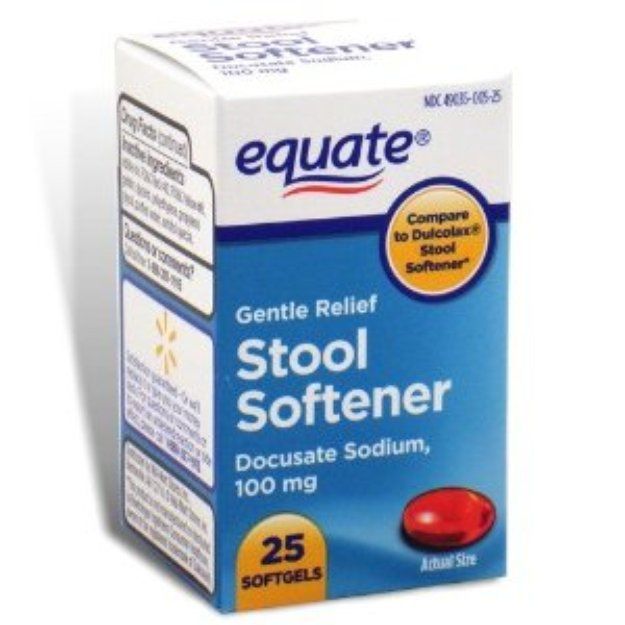
These laxatives often contain psyllium, methylcellulose, and calcium polycarbophil, which help form a gel in the stool that helps it hold more water and become larger, which stimulates the intestines.
Bulk-forming laxatives may be safer for long-term use than other options, as they have little risk of long-term side effects when taken correctly. However, they may take longer than other laxatives to work.
Doctors may also recommend fiber-based laxatives for people who have chronic, long-lasting constipation.
Saline laxatives
Like osmotic laxatives, saline laxatives pull water into the stool. Saline laxatives do this using mineral salts, such as magnesium citrate or magnesium oxide.
Saline laxatives are not suitable for everyone. For instance, people who take medication to lower their sodium levels or are taking other mineral-based drugs, such as medicines to reduce calcium in the kidneys, should avoid saline laxatives.
Saline laxatives are useful for short-term constipation. Using them for extended periods may lead to dehydration or cause an imbalance in other minerals.
Using them for extended periods may lead to dehydration or cause an imbalance in other minerals.
If someone is unsure about the potential medication interactions that saline laxatives could cause, they should contact a healthcare professional for advice.
Lubricant laxatives
Doctors may recommend laxatives containing oils such as mineral oil for difficult, short-term constipation, but these are not suitable for regular use. The oils in these laxatives may stick to fat-soluble vitamins and make them impossible to digest.
Stimulant laxatives
Stimulant laxatives are a good option for fast relief from painful constipation. They often contain bisacodyl and sennosides as active ingredients.
The stimulating effect in these laxatives makes the stool move faster through the colon while increasing the liquid in the stool. Many popular OTC brand names contain stimulant laxatives.
Stimulant laxatives are not safe for regular use. Using them regularly may cause the body to become dependent on the laxative to have a bowel movement.
Guanylate cyclase-C agonist laxatives
Doctors may prescribe guanylate cyclase-C agonist laxatives in cases of chronic constipation that has no known cause.
These laxatives, along with lifestyle changes, may offer a solution for people who have chronic constipation. It is not advisable for young children to use them.
Stool softeners may be best when a person does not need immediate relief but is looking to regulate their bowel movements within the next few days.
The type of laxative a doctor recommends may also change based on how quickly a person needs relief. Individual result times may vary, but in general, the following applies:
- Quick relief: Saline laxatives tend to work very fast.
- Medium relief: Stimulant laxatives are fast-acting, but they still take some time to work.
- Slow relief: Other laxatives, including bulk-forming fibers, stool softeners, and guanylate cyclase-C agonist laxatives, take longer to work.

The authors of a 2015 study looking at constipation in older adults observe the following:
- Osmotic laxatives, including magnesium citrate and magnesium hydroxide, may produce a bowel movement in 30 minutes to 6 hours. Others may not take effect for 24–48 hours.
- Stimulant laxatives, such as Dulcolax and Senna, may take 6–12 hours.
- Stool softeners, such as Docusate, may take 24–48 hours.
- Fiber-based laxatives, including Fibercon and Metamucil, can take 12–72 hours.
Doctors often recommend that people struggling with constipation make lifestyle changes to help ease their symptoms. Many people can find relief from constipation by drinking plenty of water and getting regular exercise.
A person can increase their daily fiber intake by including more fruits and vegetables in their diet. Fiber-rich foods that can help with constipation include:
- Prunes: Prunes can help people stay regular.
 They contain both soluble and insoluble fiber, which may help absorb water and give body to the stool.
They contain both soluble and insoluble fiber, which may help absorb water and give body to the stool. - Apples: Apples are rich in pectin, a helpful soluble fiber. Try including apples as a snack between meals.
- Pulses: Most beans, lentils, garbanzo beans, and peas are high in fiber, which helps promote good digestion and reduces constipation.
Learn more about natural stool softeners here.
All laxatives come with the risk of side effects. Some side effects are temporary, while others may be severe enough to warrant a change in medication.
Common side effects in all laxative types are:
- stomach cramps
- bloating or gas
- nausea or vomiting
- diarrhea
Some oral stool softeners may cause throat irritation when swallowed. Other side effects may vary based on the active ingredient in each laxative.
Misusing laxatives, such as taking them for extended periods, may cause severe and potentially dangerous symptoms.
Allergic reactions are also possible with all laxatives. Anyone who is having an allergic reaction or is unsure about their reaction should stop using the laxative and contact a doctor.
Importantly, laxatives may interact with other drugs a person is taking. People with constipation who take other drugs should seek guidance from a doctor or pharmacist before taking any laxative.
Occasional constipation is normal. Both stool softeners and other laxatives may provide temporary relief from symptoms, and the choice between them may depend on how quickly a person needs relief.
People may experience side effects or complications from taking certain laxatives. Anyone experiencing side effects that last more than a few days should contact a doctor to find out the cause.
top 12 rating according to KP
Constipation (which is what doctors officially call constipation) indicates problems in the gastrointestinal tract. If the process becomes chronic, then this is already a serious cause for concern. Obviously: it’s time to see a doctor, because the problem cannot be solved by auxiliary drugs alone.
Obviously: it’s time to see a doctor, because the problem cannot be solved by auxiliary drugs alone.
Treatment of chronic constipation should be complex. It is necessary to change the lifestyle – increase physical activity, reconsider the nature of nutrition, accustom yourself to the optimal water regime, and, of course, choose medications together with the doctor.
To combat constipation, a number of drugs are used that help soften the intestinal contents and increase its volume, increase peristalsis and facilitate the process of defecation. Our top 12 best laxatives for colon cleansing combines remedies with different mechanisms of action. The rating includes syrups, tablets, capsules and powders for oral solution preparation. The drugs in the rating are divided into groups according to the active substance.
Top 12 ranking according to KP
Important! Any drugs and dietary supplements have side effects and contraindications.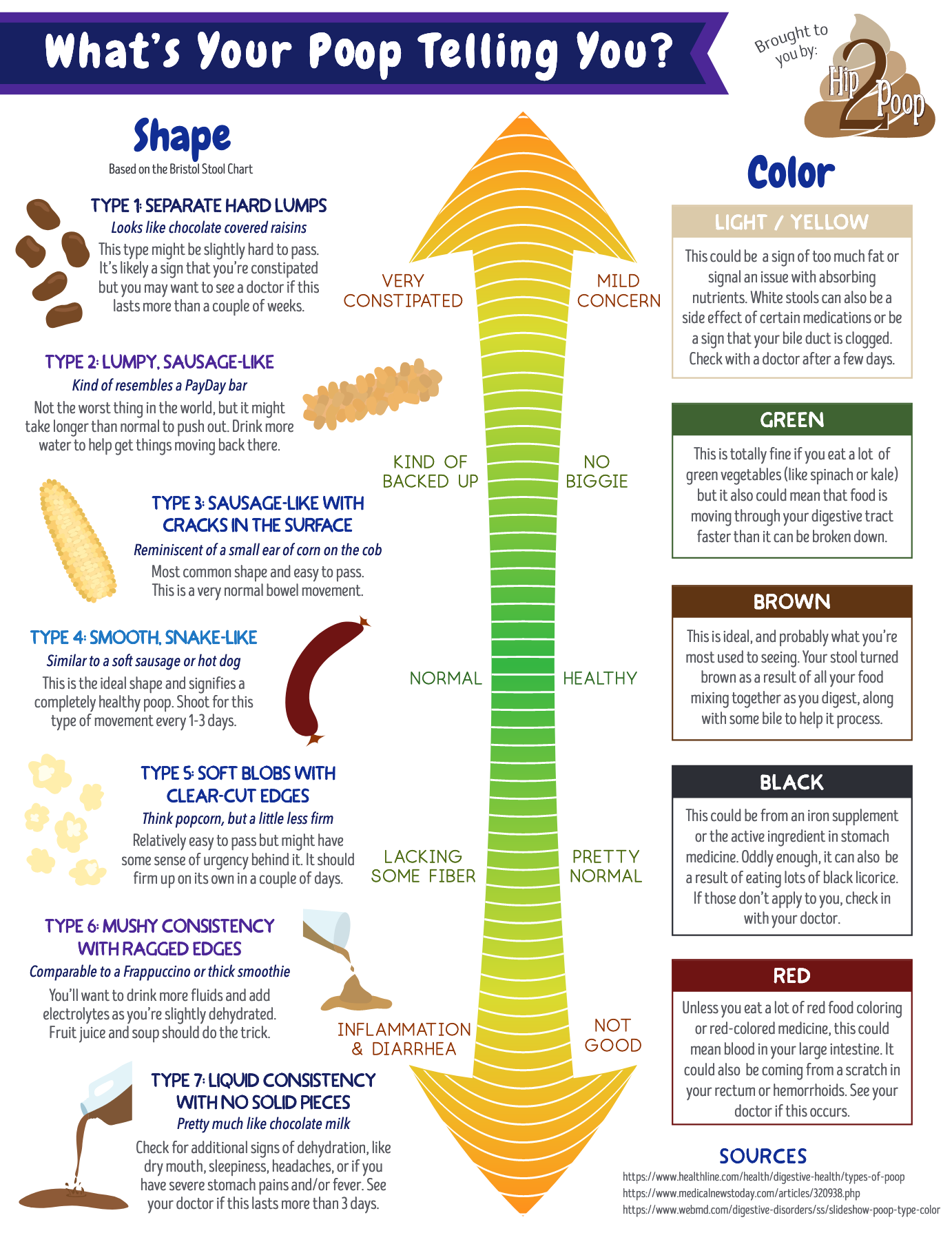 Our list is an overview and does not serve as a guide to action. Before using any drug, consult your doctor.
Our list is an overview and does not serve as a guide to action. Before using any drug, consult your doctor.
Top 3 laxatives with lactulose
Lactulose is a synthetic disaccharide that is not absorbed in the intestines, but serves as food for the beneficial bacteria living there. These bacteria break down lactulose into lactic, formic and acetic acids, as a result, the contents of the intestine “acidify” and begin to attract water. This increases the osmotic pressure, the stool becomes softer, and the peristalsis of the colon increases 1 . All this contributes to the gentle cleansing of the intestines.
Duphalac
Lactulose syrup at a dosage of 667 mg/ml is packaged in individual sachets. Each sachet contains 15 ml of the drug, in total there are 10 sachets in the package. But the manufacturer also offers other forms of release: bottles containing 200, 500 and 1000 ml of syrup. These packages come with a measuring cup.
The preparation is a viscous liquid which may be colorless, yellowish or yellow-brown. It has no smell, and the taste is slightly sweet due to the presence of sugars in the composition. “Duphalac” is indicated for use in constipation, hepatic encephalopathy and for softening stools for medical purposes, for example, after operations on the colon. It is allowed to use during pregnancy and lactation, as well as in childhood.
Contraindications : galactosemia, galactose and fructose intolerance, individual hypersensitivity to the components, obstruction of the gastrointestinal tract, perforation of the digestive tract or the threat of its occurrence. A complete list of contraindications is in the instructions.
Pros and cons
is suitable for children, pregnant and lactating women.
high price in the segment.
Portalak
Lactulose clear viscous syrup is supplied in 500 ml vials. The syrup has a neutral smell and a sweetish taste. The active ingredient lactulose is an osmotic laxative that increases the volume of fluid in the intestines, helps soften the stool and improve peristalsis. The drug is used in the treatment of chronic constipation, for the treatment and prevention of hepatic encephalopathy, and for diseases that require relief from defecation.
The active ingredient lactulose is an osmotic laxative that increases the volume of fluid in the intestines, helps soften the stool and improve peristalsis. The drug is used in the treatment of chronic constipation, for the treatment and prevention of hepatic encephalopathy, and for diseases that require relief from defecation.
Contraindications : intestinal obstruction, hypersensitivity to lactulose, suspected appendicitis, acute inflammation in the abdominal cavity, rectal bleeding not associated with hemorrhoids, glucose-galactose malabsorption and others. Use during pregnancy and lactation is possible only with the permission of a doctor.
Pros and cons
reasonable price; large bottle.
extensive list of contraindications; in the reviews there are complaints about too sweet taste.
Lactulose
Lactulose syrup appears as a viscous, clear liquid that varies in color from colorless to yellowish brown.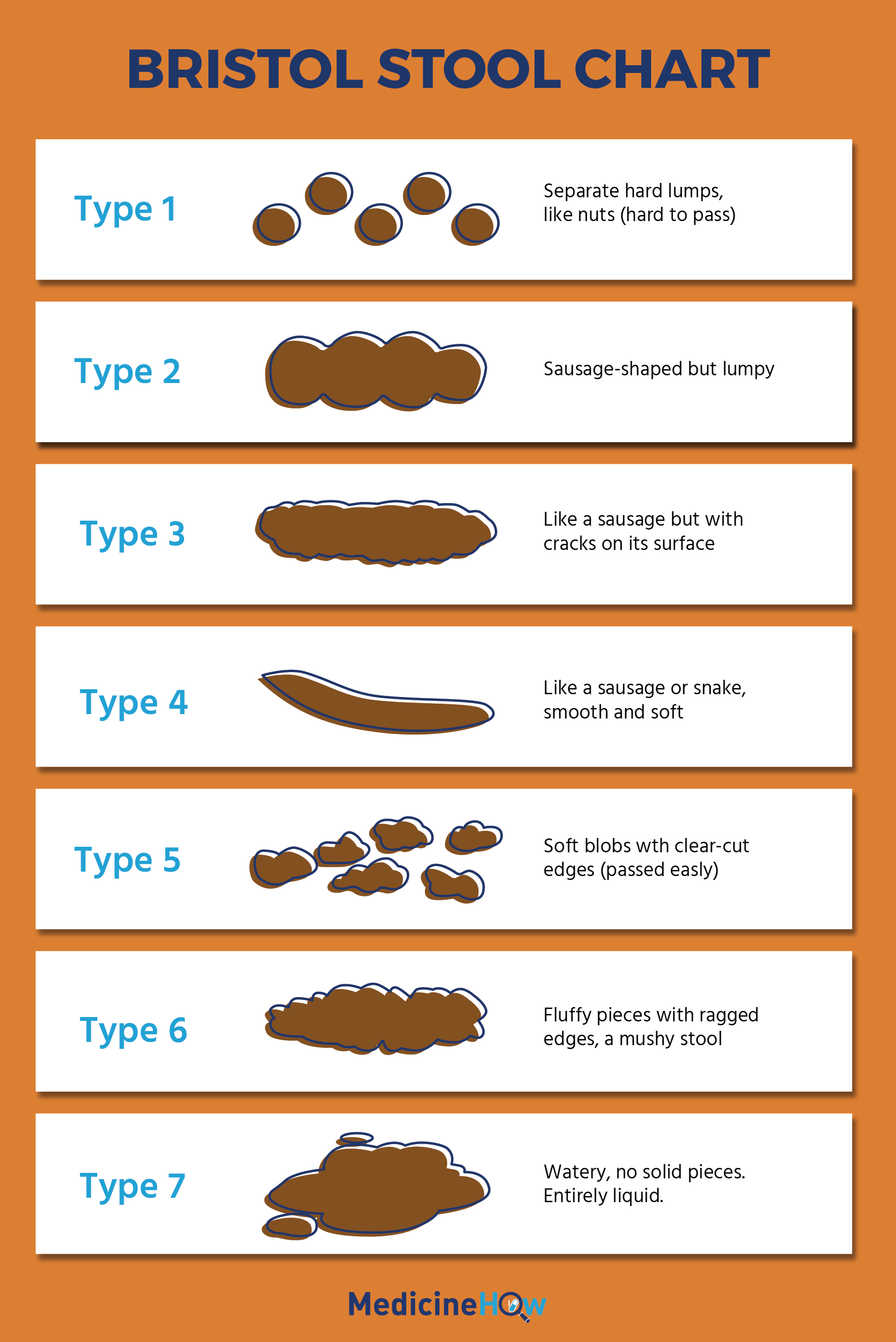 Sometimes crystals are visible in the liquid, which dissolve when heated. Release form – individual sachets, which contain 15 ml of syrup. The drug can be used for the prevention and treatment of hepatic encephalopathy, chronic constipation and other diseases and conditions in which defecation is difficult.
Sometimes crystals are visible in the liquid, which dissolve when heated. Release form – individual sachets, which contain 15 ml of syrup. The drug can be used for the prevention and treatment of hepatic encephalopathy, chronic constipation and other diseases and conditions in which defecation is difficult.
Among contraindications indicated intestinal obstruction, individual intolerance to lactulose, suspicion of appendicitis, acute inflammatory diseases of the abdominal cavity, intolerance to galactose and fructose, lactase deficiency and others. Use in pregnant and lactating women is allowed only after consulting a doctor.
Pros and cons
convenient packaging; you can take with you, affordable price.
many contraindications; may not be available for sale.
Top 3 macrogol laxatives
Macrogol 4000 is an osmotic laxative that increases the water content of the intestinal lumen, thereby increasing volume and softening its contents.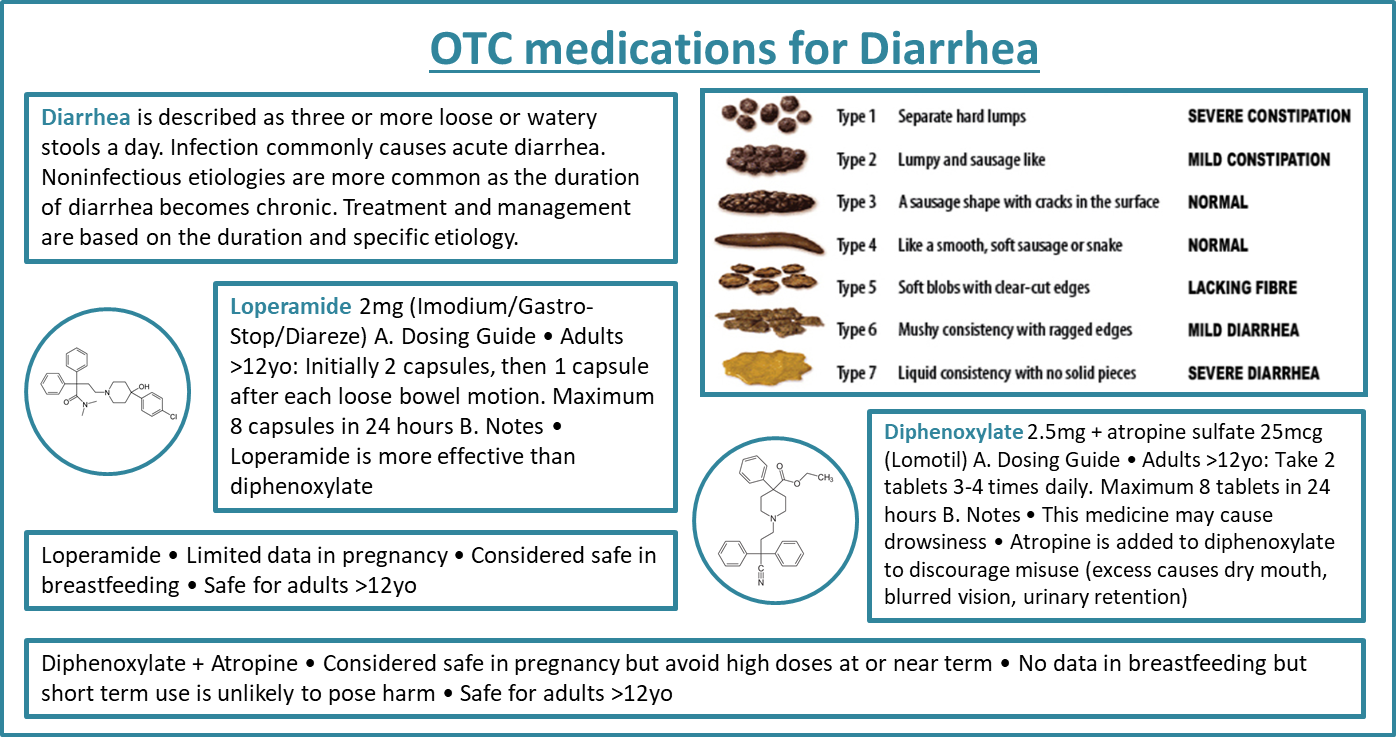 Macrogol is not absorbed into the blood and is excreted from the body unchanged. Due to this, preparations with macrogol practically do not have side effects 2 .
Macrogol is not absorbed into the blood and is excreted from the body unchanged. Due to this, preparations with macrogol practically do not have side effects 2 .
Forlax
Macrogol-based laxative is intended for adults and children over 8 years of age and looks like a white powder with a slight citrus scent. The characteristic aroma of the preparation is given by orange and grapefruit oil and concentrated orange juice. A solution for oral administration is prepared from the powder. “Forlax” is used for the symptomatic treatment of constipation, and it is allowed for pregnant and lactating women.
The list of contraindications for includes: individual intolerance to components, complete or partial intestinal obstruction or suspicion of it, abdominal pain of unknown origin, toxic megacolon, Crohn’s disease and other serious inflammatory bowel diseases, perforation or risk of perforation of the gastrointestinal tract.
Pros and cons
pleasant smell; convenient packaging; availability in pharmacies.
tastes too sweet according to some users.
Lavacol
This drug is a white or off-white powder for oral solution. The composition includes macrogol and electrolytes, including sodium and potassium. Macrogol increases the volume of fluid in the intestines and facilitates defecation, while electrolytes maintain the composition of the blood plasma. The drug can be used for the symptomatic treatment of constipation and bowel cleansing before surgery and endoscopy.
Contraindications : general serious condition of the patient, individual sensitivity to components, obstruction and obstruction of the gastrointestinal tract, malignant tumors of the colon, perforation of the gastrointestinal tract or the risk of its occurrence, toxic colitis or toxic megacolon and others. Pregnant and lactating women can use the drug after consulting a doctor.
Pros and cons
reasonable price; retail availability.
many contraindications.
Macrogol Lekas
Macrogol laxative is a white powder that is used as an oral solution. The finished solution has a neutral smell and a sweetish taste. Indications for the use of the drug: symptomatic treatment of constipation and bowel cleansing before surgical and diagnostic interventions on the colon.
The contraindications list includes idiosyncrasy, gastrointestinal obstruction, severe heart failure, dehydration, gastric ulcers, tumors or other diseases involving the colonic mucosa, inflammatory bowel disease, and toxic megacolon associated with spastic stenosis. The entire list of contraindications is indicated in the instructions. Use during pregnancy and lactation – only with the permission of a doctor.
Pluses and minuses
inexpensive drug; convenient packaging.
many contraindications.
Top 3 laxatives with hay and sodium picosulfate
These drugs have a stimulating effect on the colonic mucosa, increase the amount of water and electrolytes in the intestinal lumen. This activates peristalsis and accelerates the passage of feces from the lower gastrointestinal tract 3 . The development time of the laxative effect is from 6 to 12 hours. Please note that these drugs are not suitable for long-term use.
Guttalax
Sodium picosulfate is available as oral drops. A 30 ml vial contains a clear, colorless or slightly yellowish viscous liquid. The drug is dosed in drops that can be mixed with water or taken in pure form.
“Guttalax” is intended for the treatment of constipation of various origins, including against the background of intestinal atony and hypotension, dysbacteriosis, after taking medications. It can be used for diseases of the gallbladder and irritable bowel syndrome, which are accompanied by constipation.
Contraindications : obstructive bowel disease, intestinal obstruction, intolerance to drug components, severe dehydration, abdominal pain with nausea and vomiting, acute inflammatory bowel disease and others.
Pros and cons
handy dispenser; economical consumption.
a large list of contraindications and possible side effects.
Senade
Herbal laxative contains dry extract of senna leaves. The active substance is able to irritate the receptors of the large intestine and thereby enhance its peristalsis. Tablets are recommended for constipation associated with atony and weak intestinal motility, as well as for regulating stool in certain diseases: hemorrhoids, proctitis, anal fissures.
Suitable for adults and children over 6 years of age, use with caution during pregnancy and lactation.
Contraindications : spastic constipation, abdominal pain of unknown origin, intestinal obstruction, peritonitis, strangulated hernia, cystitis, gastrointestinal and uterine bleeding, hypersensitivity to components, water and electrolyte imbalance.
Pros and cons
inexpensive drug; herbal ingredients.
long-term use may cause flatulence and abdominal pain.
Regulax Picosulfate
As the name implies, the drops contain sodium picosulfate, a laxative that has a stimulating effect on the colonic mucosa and causes the accumulation of water and electrolytes in it.
The drug facilitates defecation and is used to treat constipation associated with medication, intestinal atony and hypotension, and some diseases: diseases of the gallbladder and biliary tract, irritable bowel syndrome.
Contraindications : acute inflammatory bowel disease, severe dehydration, acute abdominal disease or severe abdominal pain, intestinal obstruction, intolerance to components and fructose.
Pros and cons
neutral odor and taste; convenient dosing.
waste packaging.
Top 3 Laxatives with Psyllium
Psyllium is the seed coat of Psyllium ovata or Plantago ovata. This shell consists of almost 80% soluble fiber, which, when it enters the intestines, attracts moisture, swells and acquires the consistency of a gel. Due to this, the volume of intestinal contents increases, and it freely leaves the body in a natural way. In addition, psyllium serves as food for beneficial intestinal microflora and helps to avoid dysbacteriosis 4 .
This shell consists of almost 80% soluble fiber, which, when it enters the intestines, attracts moisture, swells and acquires the consistency of a gel. Due to this, the volume of intestinal contents increases, and it freely leaves the body in a natural way. In addition, psyllium serves as food for beneficial intestinal microflora and helps to avoid dysbacteriosis 4 .
Drink plenty of water while taking psyllium medications.
Phytomucil Norm
This dietary supplement contains 2 active ingredients – psyllium husk and plum fruit pulp. Soluble psyllium fiber helps form soft stools and aids in bowel cleansing. Homemade plum fruits contain insoluble dietary fiber – they stimulate the mucous membrane of the colon and improve its peristalsis.
BAA is produced in the form of granules, which are packaged in individual sachets of 5 g. The bioadditive is indicated for use as an additional source of fiber and flavonoids for constipation, irritable bowel syndrome with a predominance of constipation, hemorrhoids, rectal fissures.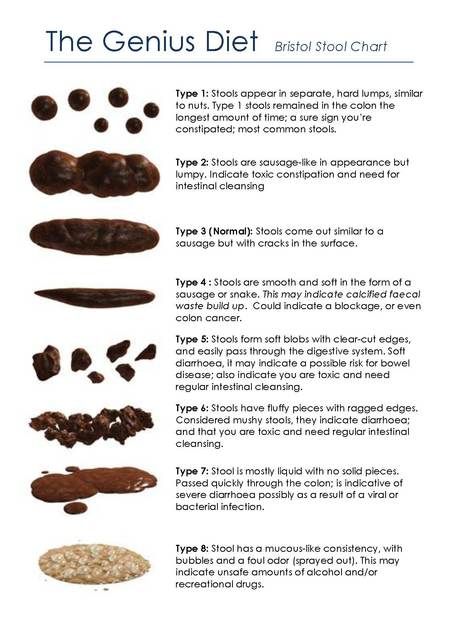
Among contraindications for are individual intolerance, acute inflammatory diseases and obstruction of the gastrointestinal tract, children under 3 years of age. The dietary supplement is approved for use in pregnant and lactating women.
Pros and cons
2 active ingredients; can be for children from 3 years old, women during pregnancy and lactation.
high price in the segment; small package size.
Psyllium
Dietary supplement in the form of capsules contains psyllium husks in the amount of 750 mg. The dietary supplement serves as a source of soluble and insoluble dietary fiber, which increases stool volume and stimulates intestinal contractility. Also, Psyllium can be an additional source of dietary fiber for people who suffer from constipation and follow a diet low in fiber.
Contraindications : individual intolerance, pregnancy and lactation, age under 18 years.
Pros and cons
high content of psyllium in 1 capsule.
small package.
Psyllium Husks Fiber
A dietary supplement from a popular brand is available in the form of capsules, each containing 500 mg of psyllium. The dietary supplement is intended to improve intestinal motility, as it helps to increase the volume of intestinal contents and make it softer. After entering the digestive tract, the dietary fibers of psyllium “swell” – the manufacturer reports that this allows you to create a feeling of satiety and reduce the number of absorbed calories.
BAA is not recommended for during pregnancy and lactation, as well as in case of individual intolerance and under the age of 18 years.
Pros and cons
well-known manufacturer; big package.
is sometimes out of stock.
How to choose a laxative for colon cleansing
– Of course, anyone can choose a laxative for themselves – after all, prescriptions are not required for them. But it is better to entrust this to a specialist, – emphasizes gastroenterologist Liliya Sagdutdinova . – Only a doctor, taking into account his education and experience, can choose the most effective medicine for a particular patient from a number of good drugs.
But it is better to entrust this to a specialist, – emphasizes gastroenterologist Liliya Sagdutdinova . – Only a doctor, taking into account his education and experience, can choose the most effective medicine for a particular patient from a number of good drugs.
If you dare to solve the problem yourself, it is very important to first study the list of contraindications indicated in the instructions. Ignoring this is fraught with serious consequences.
What if the laxative doesn’t help?
– For patients who do not respond well to laxatives, a prokinetic 5-HT4 agonist is recommended. In general, to avoid problems with constipation, you need to move more (at least walk – at least 60 minutes a day), drink more water (30 ml per 1 kg of body weight), and add foods consisting of insoluble dietary fiber to the diet – for example, wheat bran, our expert adds.
Photo: market.yandex.ru, KP
Sources:
- Clinical aspects of the use of lactulose in the practice of a gastroenterologist.
 I. G. Fedorov, L. Yu. Ilchenko, S. D. Kosyura, M. A. Chichkina.
I. G. Fedorov, L. Yu. Ilchenko, S. D. Kosyura, M. A. Chichkina.
https://cyberleninka.ru/article/n/klinicheskie-aspekty-primeneniya-laktulozy-v-praktike-gastroenterologa/viewer - Evaluation of the efficacy of macrogol in chronic functional constipation. S. D. Kosyura, Z. R. Shcherbova. Medical business. 2018 year. https://cyberleninka.ru/article/n/otsenka-effektivnosti-makrogola-pri-chronicheskom-funktsionalnom-zapore/viewer
- Possibilities of using sodium picosulfate in the pharmacotherapy of constipation in functional bowel disorders. 2019 year. V. N. Drozdov, K. I. Karnoukh, S. Yu. Serebrova, I. A. Komissarenko, A. K. Starodubtsev v-farmakoterapii-zaporov-pri-funktsionalnyh-rasstroystvah-kishechnika
- Impaired bowel function in patients with metabolic syndrome. I. A. Komissarenko, S. V. Levchenko. 2022 https://cyberleninka.ru/article/n/narushenie-funktsii-kishechnika-u-patsientov-s-metabolicheskim-sindromom/viewer
Zasіb vіd zakrepu – buy prosnen for children and adults in Ukraine
- Goods
Prices in pharmacies
Product: 97
Sorting:
RatingCheapest Expensive
Type:
Jump to kit
Jump to kit
Jump to kit
Jump to kit
Jump to kit
Go to box
Go to box
Go to box
Go to cat
Look around
Go to cat
Go to cat
Go to cat
Go to the cat
Go to the cat
Look around
Go to the cat
Go to the cat
9026 3 Go to cat
Go to cat
Go to cat
Go to cat
go to cat
go to cat
go to cat
go to cat
go to cat
Jump to kit
Jump to kit
Jump to kit
Jump to kit
Jump to kit
9 0032 Lowering
Go to box
Go to box
Go to box cat
go to cat
go to cat
go to cat
reduction
go to cat
Go to cat
Go to cat
Go to cat
Go to cat
Go to cat
9 0263 Go to box
Go to box
Go to box
Go to cat
Go to cat
Go to cat
Go to cat
Go to cat
Editorial team
Creation date: 06/04/2022
Date updated: 02. 07.2023
07.2023
Pathological state, which is accompanied by an increase in the intervals between the bowel movements over two dobi, increases, complications, and systematically insufficient defecation is called constipation.
Illness is characterized by status affiliation, around 70% of women suffer from the WHO data. The frequency of manifestation of ailments in people grows up to 40 years.
Constipation is characterized by the following symptoms:
- irregular bowel movements;
- hard and dry feces;
- it seems that the intestines are not emptying in full;
- a small amount of feces – less than 35 grams at a norm – 100-150;
- need to strain strongly during defecation;
- abdominal distention.
Doctors see two forms of overcoming constipation, like to lie down in the face of troubled bowel movements:
- I’m sorry, I’m not overwhelmed for 3 months;
- chronic – as if the symptoms of an ailment were turbulent for a person over his life.

Before the main signs of constipation, skargs come to:
- decreased appetite;
- I’ll look at the wind;
- appearance of unacceptable prismak in roti;
- opacity and reduced elasticity of the skins.
Causes of culprit fixation
Illness owing to unfavorable factors:
- unbalanced eating – in case of lack of food from the same motherland and cells;
- low physical activity and sedentary work;
- uncontrolled intake of nasal, saline, diuretics, antidepressants and sedative drugs;
- vagity;
- impaired intestinal motility;
- hormone imbalance in the body;
- hemorrhoids and fissures of the anus;
- for irritated bowel syndrome;
- stress;
- change climate minds.
How do you classify your property as a security?
Behind the mechanism of dim faces, yak pronosny effect may lie to the next groups: Representatives of this group are to pick up, and then strengthen the motherland at the ducts of the mucosal-intestinal tract, which will lead to an improvement in the obligation of the intestinal cavity and a decrease in the discharge, and the normalization of the functions of the intestine. The cycles are characterized by a minimum of side effects, but they can also improve the intake of other medications.
The cycles are characterized by a minimum of side effects, but they can also improve the intake of other medications.
The action of drugs inducing stimulation of receptors in the mucous membrane of the colon, as a result, increased secretion of electrolytes and water in the distal intestinal tract, accelerated contraction of the walls of the colon, rozm’yakshuєtsya feces and defecation. Pharmacological effect develops in 6-10 years after oral administration of the drug.
Salt passage, for which osmotically increases the secretion of radium and electrolytes in the lumen of the intestinal tract, which leads to the expansion of the fecal mass and relief of defecation.
The preparations are taken with acute fastening, as well as with severe disorders.
- Osmotic carrying – faces, like avenging lactulose.

Preparations can be seen up to “soft” carrying, like invigorating the microflora, increasing the osmotic pressure on the intestines, illuminating up to the new water. Defecation sets in after three years, if not after 2 days.
This subgroup is supplemented with drugs based on electrolytes – sulfates of sodium, potassium and magnesium, and a macro-spoluk type of macrogol. Many of them belong to the category of prescription drugs and are prescribed older before x-ray obstruction of the intestine or operations.
- Protective care – help to loosen feces, quickly pushing them into the intestines.
To effective medicinal forms for children and grown-ups, such as milk and swede, lay candles, microclysters and rare rectal gels. Faces are injected near the rectum, de-stimulating receptors in the mucous membrane of the intestine and strengthening peristalsis. Medicines help to clear the intestines after 10-20 minutes.
What kind of medicines can be used to take drugs and fix them?
Combination therapy for constipation is aimed not only at improving the patient’s condition, but also at causing problems, including taking medications, such as:
- ;
- regulate the motility of the duct and intestine;
- restore the intestinal microflora.

Patients are advised to:
- improve their quality of life;
- unique stresses;
- zbіshiti ruhovu aktivіnіst way bіzіchnyh pіzіchnyh, yakі pomozhuzhut positі posіlії peristaltіku kіvkіvіnі — їzditi bikіlі, bіgatі, go, swim, do dances аbo yoga;
- dotremuvatsya diet, as a spryyaє normalization of peristalsis and reduction of rozm’yakshennya fecal mass.
Supplement the diet:
- even more, to avenge the rich growth fibers – bananas, dried apricots and prunes;
- boiled carrots and beets;
- spinach;
- kvassole and peas;
- fermented milk products, shards of lactic bacteria improve the work of the organs of etching and the evacuation of the intestine.
In case of some kind of illness, it is not possible to take faces against it?
The pharmaceutical market of Ukraine presents a wide range of drugs that cause defecation. In some cases, a carrier drug is not prescribed, which can be congested with vaccinia and breastfeeding, it is written in the instructions of the virobnik.
It is important to remember to the ailing that you do not take constipation when:
Cleansing enemas are not possible to cure sickness, in those who are likely to have a decrease in immunity in case of SNID or leukemia, shards of the disease caused by the ingestion of pathogenic bacteria in the intestine.
I will fix the skin, I will fix it properly, I will choose the right way to help the doctor after the frontal obstezhennia of the sick.
References
- ncbi.nlm.nih.gov;
- Sovereign register of medicines of Ukraine;
- nhs.uk.
Popular nutrition
How to relieve calorie in case of constipation?
Even before the day of defecation, symptoms do not come, if you need to go to the doctor, – an increase in temperature and a sharp pain in the abdominal cavity, then empty the intestines to help if there is any passing zasіb in the form of a suppository iv aborectal microclysters.
To help you get better, and to avoid constipation, doctors recommend:
- Take small portions five times a day.
- add 4-6 drops per day to zhu roslinnі olії, and also increase the amount of rooting up to two liters.
What work, how hard is it?
As an alternative to the intake of carry-on remedies, as it allows you to quickly loosen the stool, and clean the intestines more thoroughly, it is a cleansing enema, as it can be used to relieve constipation, as well as in case of diarrhea before surgery and canopies.
For the preparation of rosemary at home, the patient can vicorate olive, llana, vaseline and other olives. To relieve spasms, loosen feces and speed up bowel movement, heat the oil up to 37 degrees before administering enemas to the rectum.
How long can a person not go to the toilet in a big way?
With normal functioning of the organs of the mucosal-intestinal tract, defecation occurs 1-3 times a day. Ale vіdsutnіst vіdsutnіst vyporozhnen protyazh dіb tezh vvazhаєєєєєєєєєє і to fall in іd іndivіdіdualnyh osobennosti organіzmu. If the intestines are not deformed in humans, they do not stretch out three times, water is lost, fecal masses are strengthened, and constipation develops. It is important for any sick person to understand that it is necessary to turn to the doctor.
Ale vіdsutnіst vіdsutnіst vyporozhnen protyazh dіb tezh vvazhаєєєєєєєєєє і to fall in іd іndivіdіdualnyh osobennosti organіzmu. If the intestines are not deformed in humans, they do not stretch out three times, water is lost, fecal masses are strengthened, and constipation develops. It is important for any sick person to understand that it is necessary to turn to the doctor.
Expanded supply
What are inexpensive goods in the category I need to secure (carry)?
What are the imported goods in the category I need to secure (carry)?
What are the most popular products in the category I need to secure (transport)?
Skіlki kіlki koshtuyut commodities іn the category аааааааааааааааааааааааааааааааааааааааааааааааааааааааааа?
Prices for goods in the category Allow for fastening (carrying) start at 14.00 UAH.
Get a fix (carry) price in the Pharmacy 911
| Name | Price |
|---|---|
Picolax tab. |


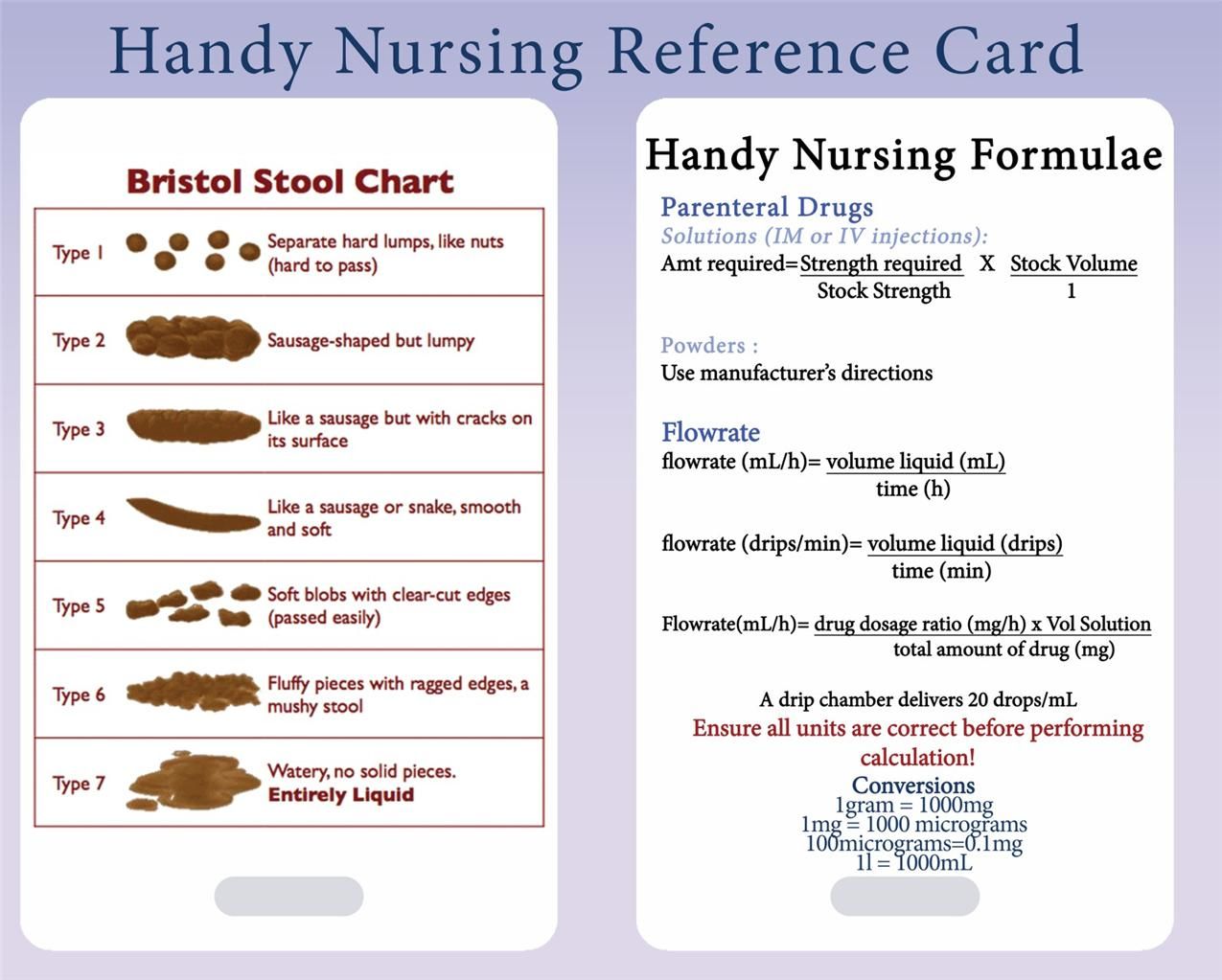
 They contain both soluble and insoluble fiber, which may help absorb water and give body to the stool.
They contain both soluble and insoluble fiber, which may help absorb water and give body to the stool. I. G. Fedorov, L. Yu. Ilchenko, S. D. Kosyura, M. A. Chichkina.
I. G. Fedorov, L. Yu. Ilchenko, S. D. Kosyura, M. A. Chichkina. 
